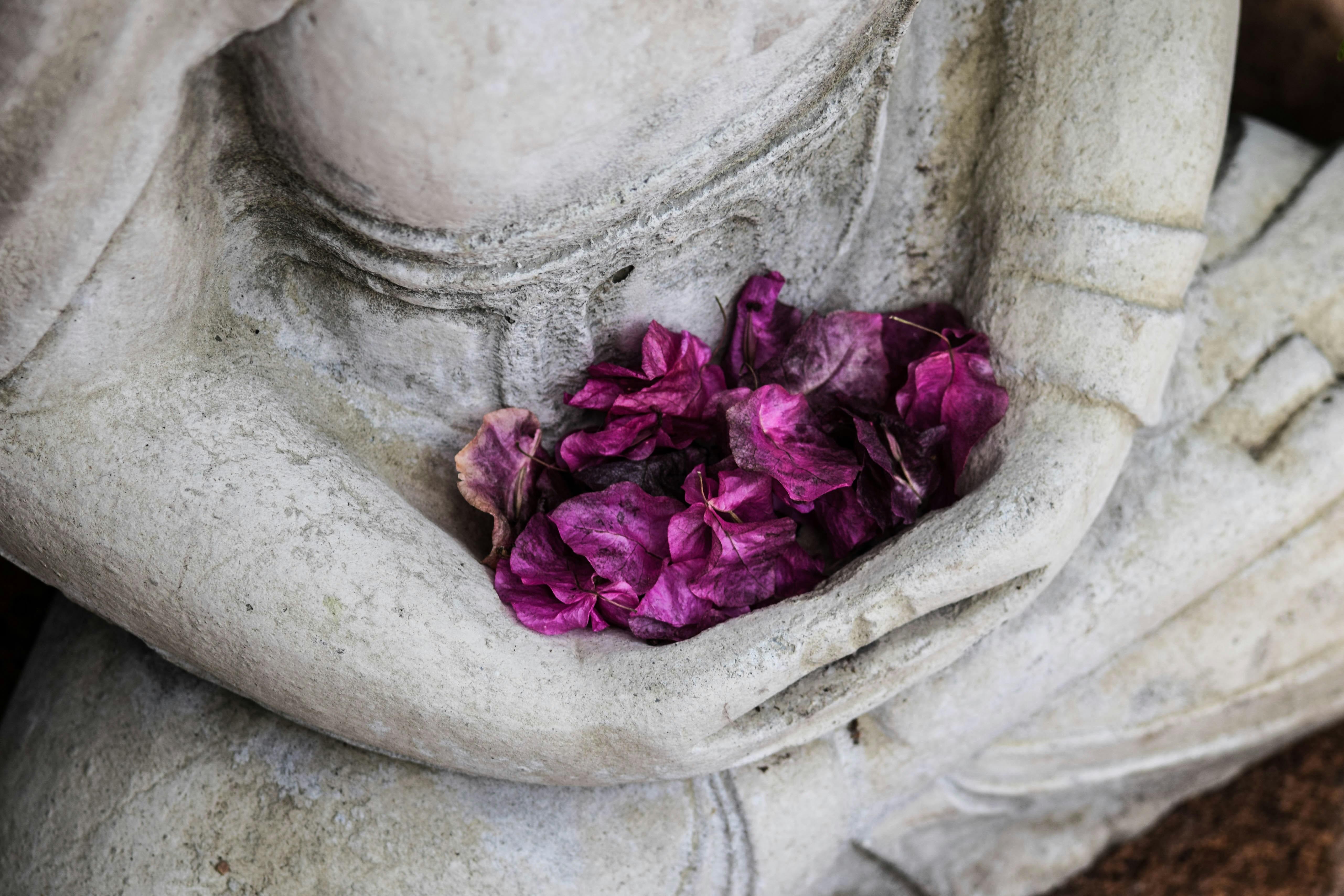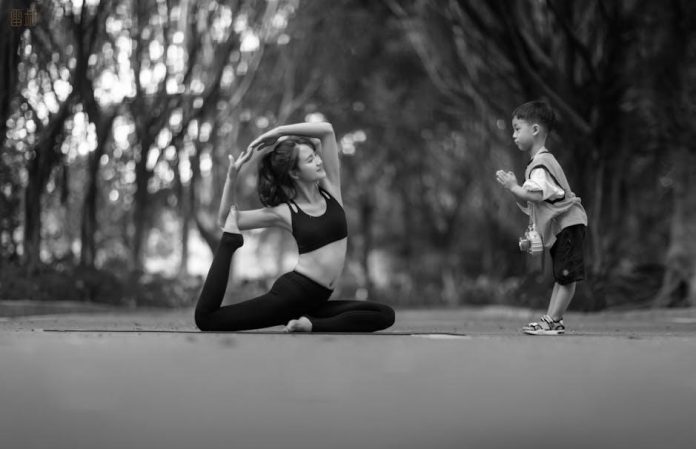In the bustling symphony of modern life, where the cacophony of responsibilities and endless to-do lists often drowns out the whispers of our inner selves, finding a moment of tranquility can feel like a distant dream. Yet, nestled within the folds of our daily routines lies a powerful key to serenity—meditation. This ancient practice, refined over millennia, offers a sanctuary of calm amid the chaos. Whether you’re a seasoned practitioner or a curious newcomer, this guide will illuminate the path to cultivating a daily meditation practice, a journey that promises to unlock the door to inner peace and transform your everyday existence. Step by step, breath by breath, let’s embark on this voyage to rediscover the stillness within.
Setting the Stage: Crafting Your Meditation Space
Transforming a corner of your home into a serene sanctuary can profoundly enhance your meditation experience. Begin by selecting a space that offers tranquility and minimal distractions. This area doesn’t need to be grand; even a small, cozy nook can become your personal haven. Consider elements that evoke calmness and focus, such as soft lighting and natural materials.
- Comfortable Seating: Invest in a cushion, chair, or mat that supports good posture and relaxation.
- Soothing Scents: Incorporate candles, incense, or essential oils to create a peaceful atmosphere.
- Visual Harmony: Adorn your space with items that inspire serenity, such as plants, artwork, or spiritual symbols.
- Soundscapes: Utilize calming sounds or music to drown out background noise and deepen your meditation.
By thoughtfully curating your meditation space, you lay the groundwork for a consistent and enriching practice that nurtures inner peace.

Finding Your Rhythm: Choosing the Right Time and Duration
Embarking on a meditation journey begins with finding a time that seamlessly integrates into your daily routine. This could be early in the morning, when the world is still and your mind is fresh, or late at night, when you can unwind from the day’s chaos. The key is to choose a time that you can consistently commit to, ensuring that meditation becomes a natural part of your day.
Equally important is determining the duration of your practice. Beginners might start with a brief 5-10 minutes, gradually increasing as comfort and focus improve. Remember, consistency trumps duration. A few minutes of focused meditation daily can be more beneficial than sporadic, longer sessions. Consider the following tips to help you decide:
- Start Small: Begin with short sessions and extend them as you become more comfortable.
- Consistency: Aim for a daily practice, even if it’s brief.
- Listen to Your Body: Pay attention to how your body and mind respond, adjusting the duration as needed.

Techniques for Tranquility: Exploring Different Meditation Methods
Achieving tranquility through meditation can be a personal and transformative journey. There are numerous methods available, each with its unique approach to fostering inner peace. Here are some popular techniques you might explore:
- Mindfulness Meditation: Focus on the present moment, observing your thoughts and feelings without judgment. This method often includes breathing exercises and is known for reducing stress and anxiety.
- Guided Meditation: Follow along with a narrator who guides you through visualizations and calming scenarios. Perfect for beginners, it helps in maintaining focus and relaxation.
- Transcendental Meditation: Involves silently repeating a mantra to settle the mind into a state of profound rest. This technique is designed to transcend normal thought processes and reach a deeper state of awareness.
- Zen Meditation (Zazen): Emphasizes posture and breathing, encouraging practitioners to observe their thoughts and experiences as they arise and pass away. This method cultivates a sense of presence and clarity.
- Body Scan Meditation: A form of mindfulness where you systematically focus on different parts of your body, promoting relaxation and awareness of bodily sensations.
Experimenting with these methods can help you find the one that resonates most with your needs, creating a sustainable and enriching daily practice.

Overcoming Obstacles: Staying Committed to Your Practice
One of the biggest challenges in maintaining a daily meditation practice is navigating the myriad of obstacles that life inevitably throws your way. Staying committed can be difficult, but with the right strategies, you can persevere. First, identify the specific barriers that hinder your practice. Is it a lack of time? Distractions? Low motivation? Once you pinpoint these issues, you can tailor solutions to address them.
- Time Management: Consider setting a specific time each day for meditation. Early mornings or late evenings are often quieter and more conducive to practice.
- Creating a Sacred Space: Designate a special spot in your home where you can meditate undisturbed. This space should be free of clutter and distractions.
- Accountability: Join a meditation group or find a meditation buddy to help keep you motivated and on track.
- Mindset Shift: View your meditation practice as a non-negotiable part of your day, just like eating or sleeping.
By implementing these strategies, you can overcome obstacles and stay committed to your meditation practice, paving the way for inner peace and well-being.





